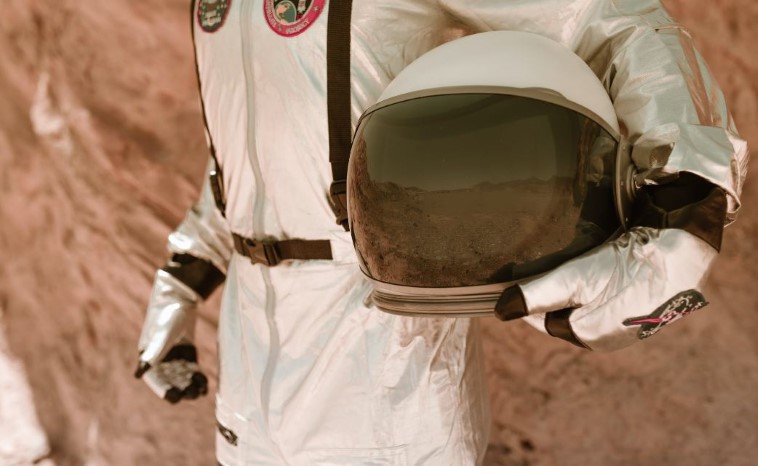Moon deliveries might be the new future

Things are moving rapidly in a technology and service-based society, so with less time on our hands the demand for outside help rises. Sometimes, you may need to deliver a package to a specific location and person. But what if we needed to move more stuff from our planet to a place far outside the hemisphere?
Living in the 21st century means there are delivery companies that will be happy to do it for you for an adequate fee. Taking this exact idea into space means that the planned return of Americans to the Moon needs just that – good delivery services.
It’s not been long since we wrote about the successful launch of the Peregrine (Astrobotic) lander, but soon there were problems due to which it will not be the first of its kind, a robot delivering packages to our natural satellite.
Now the company Intuitive Machines enters the game with its Nova-C lander. The appearance of their lander is not at all futuristic. Starting mass of 1,900 kg, it has a cylindrical shape, maximum diameter is 2 m, the goes up to height 3 m. This is in fact the former Morpheus project that has been redesigned, so practicality was the nr.1 idea behind this beast.
Its purpose is to deliver loads from 100 kg to possibly 1,000 kg to the Moon, and one day to other celestial bodies. All this with the possibility of serial production and frequent launches so that the price of delivery of a kilo of cargo is acceptable.
In the first mission (IM-1), it is safe to say without any reservations that it is a technological demonstrator. If everything goes according to plan, we could see an IM-2 or even an IM-3 mission on the launch pad this year!

This would 100% be a full-blown breakthrough in the space game.
As for the launch vehicle, it will be SpaceX’s reliable Falcon 9. Liftoff is planned for mid-February from Cape Canaveral, Florida. Did you know that all these private companies are financially almost completely covered by NASA in nature?
Fun fact: About twenty years ago, the Americans realized that NASA by itself, without the private sector, simply does not have enough capacity to do all the space work. Today we see how this big turn in space technologies, which were given to private individuals, was an extremely brave, demanding and ultimately more than successful step.
The Malapert A crater in the southern hemisphere of the Moon was designated as the target destination. The planned operating time of the lander is one lunar day (approx. fifteen Earth days).
Later this year, we are expecting two more robotic emissaries to the Moon from the USA, one from China, one from Pakistan. The Moon has become the new arena of the space race, for now with robots. People will have to wait a little longer!
Did you know that here at OSR you can name stars? Valentine’s is right around the corner, so buck up!

